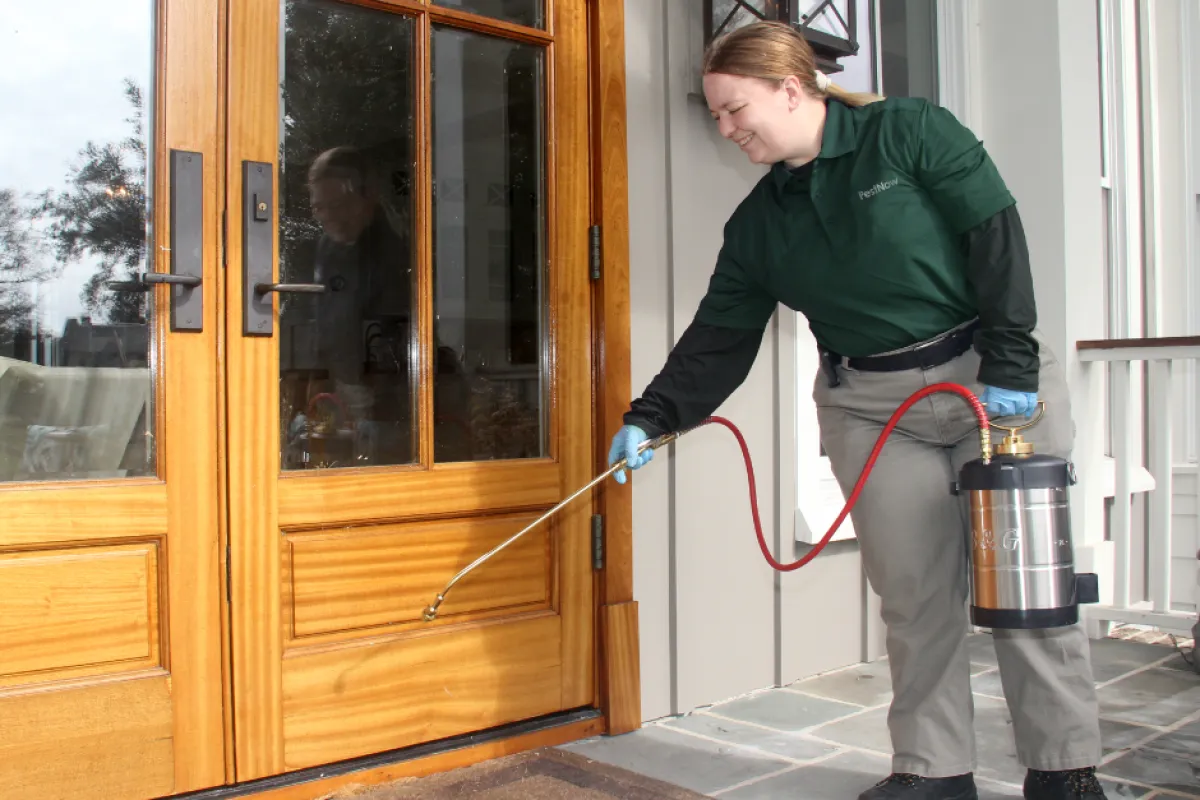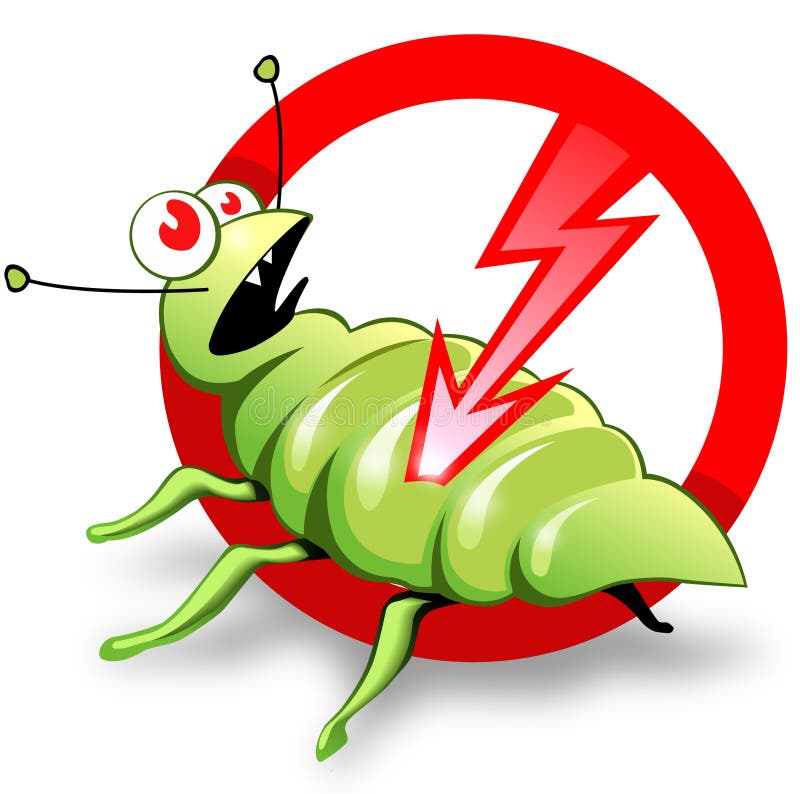Discovering Invasion and Therapy Techniques in the World of Pest Control
The landscape of bug control incorporates a myriad of challenges, particularly as infestations of common home insects proceed to develop. By integrating preventive actions with advanced administration strategies, such as Integrated Insect Administration (IPM), homeowners can much better protect their environments.

Usual Family Pests
When it comes to managing our home, understanding usual home pests is crucial. These parasites not just interrupt our convenience but can likewise pose health and wellness risks and damages home. One of the most widespread family pests include ants, cockroaches, rats, termites, and bed pests.
Ants, commonly seen foraging in kitchen areas, can infect food and establish large colonies. Rats, consisting of computer mice and rats, can trigger structural damage and lug diseases like hantavirus and salmonella.
Acknowledging the indications of these parasites, such as droppings, nests, or attack marks, is necessary for early intervention (Pest Control Lockhart). Correct sanitation techniques, sealing entrance factors, and keeping a clutter-free setting work preventative procedures. By determining these common house bugs and comprehending their actions, home owners can take aggressive actions to minimize invasions, guaranteeing a much healthier living setting
Recognizing Bug Infestations
Bug infestations can intensify promptly, turning a minor aggravation into a substantial issue otherwise dealt with promptly. Recognizing the nature of these infestations is vital for reliable monitoring. Bugs can get into household and industrial rooms for various factors, including the look for food, sanctuary, or breeding premises. Common elements adding to invasions consist of inadequate sanitation, structural susceptabilities, and seasonal changes that drive bugs inside.
Determining the sort of bug is crucial, as various types display diverse actions and reproductive prices. As an example, rodents might develop nests in covert areas while bugs like roaches grow in damp settings. Early detection usually depends upon acknowledging indicators such as droppings, gnaw marks, or unusual audios, which can indicate a problem before it comes to be serious.
Environmental conditions likewise play an important duty in pest spreading. Cozy, moist environments can help with the quick development of bug populations, while modifications in landscape design or building and construction can unintentionally produce conducive settings. As a result, regular evaluations and preventative actions are extremely important to alleviating the danger of infestations. An educated technique to understanding these characteristics lays the foundation for efficient bug administration strategies in the future.
Treatment Techniques and Strategies
Reliable therapy techniques and methods are crucial for alleviating insect invasions and restoring a safe setting. A complex approach is typically best, including chemical, biological, and mechanical methods tailored to the details parasite and the severity of the invasion.
Chemical treatments try this out include making use of pesticides and herbicides, which can properly get rid of parasites. Correct application and adherence to safety standards are critical to decrease threats to human beings and non-target microorganisms. Integrated Pest Administration (IPM) encourages the judicious use chemicals as a last resource, counting rather on tracking and threshold degrees to determine intervention needs.
Biological control methods include presenting all-natural killers or bloodsuckers to lower insect populaces. This technique is progressively prominent, especially in agricultural settings, as it promotes environmental sustainability.
Mechanical methods, such as traps and obstacles, offer immediate alleviation from parasites without presenting chemicals. Choices include sticky traps for insects or physical obstacles for rats.
Inevitably, the selection of treatment technique ought to think about the details bug, the setting, and potential influence on human wellness and ecosystems. A balanced mix of these strategies can efficiently handle infestations while promoting long-term bug control remedies.
Precautionary Actions for Residence
Proactively resolving parasite issues before they intensify is crucial for keeping a healthy and balanced home atmosphere (Pest Control Lockhart). Executing reliable safety nets can substantially reduce the likelihood of problems, eventually protecting both your residential or commercial property and health

Appropriate landscaping additionally plays an important function in prevention. Keeping shrubs and trees trimmed away from your house reduces the chances of insects finding their means indoors. In addition, make sure that drain systems are functioning effectively to avoid standing water, which can draw in mosquitoes and other insects.
Last but not least, routine assessments are recommended. Routinely checking for indications of insect task permits early intervention. By adopting these preventative the original source actions, property owners can create a setting that is less congenial to insects, consequently enhancing their general lifestyle and decreasing the requirement for comprehensive pest control treatments.
Commercial Parasite Control Methods
A thorough strategy to business bug control is essential for services intending to maintain a secure and hygienic atmosphere. Reliable approaches entail a mix of routine inspections, staff member training, and the execution of Integrated Parasite Monitoring (IPM) techniques.
Normal assessments allow early detection of parasite task, enabling for prompt intervention. Businesses should establish a routine timetable for these analyses, concentrating on high-risk areas such as kitchen areas, storeroom, and waste disposal sites. Employee training is equally critical; team should be educated on the indicators of parasite problems and the relevance of reporting them quickly.
Applying IPM practices aids minimize parasite visit the site issues sustainably. This includes environment modification, such as securing entry factors and lowering clutter, as well as using natural deterrents prior to considering chemical treatments.

In addition, collaborating with a qualified insect control company makes sure access to specialist understanding and innovative therapy alternatives. This partnership can lead to personalized pest control plans customized to the details needs of the business, decreasing threats and improving general effectiveness. Inevitably, an aggressive and educated approach promotes a pest-free atmosphere, securing both public health and wellness and company reputation.
Verdict
In conclusion, efficient insect control requires a thorough understanding of common family bugs and their behaviors, coupled with targeted therapy methods. Carrying out preventative measures along with treatment strategies such as Integrated Insect Administration and biological control enhances the capacity to mitigate infestations.